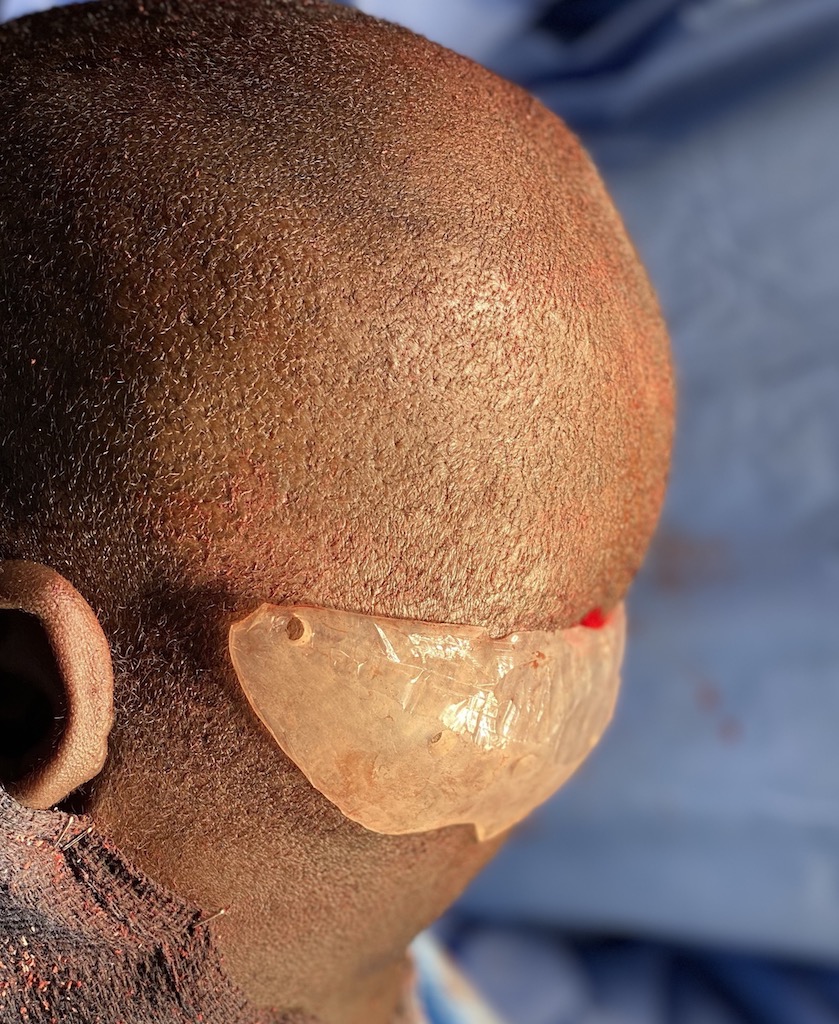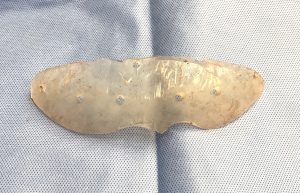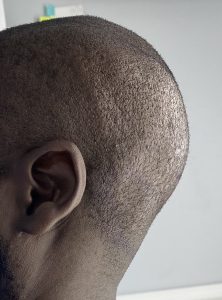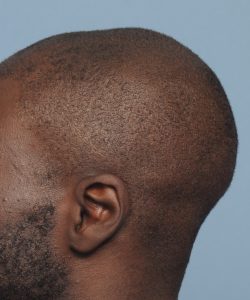A flat back of the head is typically treated by skull augmentation, most commonly done by a custom implant design. In doing many of these back of head augmentations one quickly becomes aware that the location of the bone on the back of the head is much higher than almost anyone realizes. It does not come down as low as most think and the actual position of the visible occipital bone roughly correlates to the same position as the forehead and brow bone do on the opposite side of the skull.
While most patients have satisfactory outcomes keeping the designed implant for the back of the head on the bone, there are some patients that would benefit if the inferior bony edge of the occipital skull was lower. When considering this possibility this means that an augmentation must extend down onto the top of the muscle of the upper neck….not a typical area of ‘skull’ augmentation and uncertainty exists if that would cause issues with neck flexion and or implant bending.
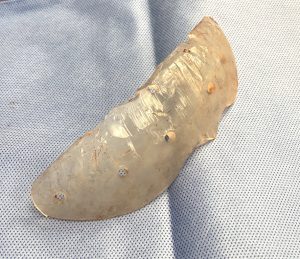
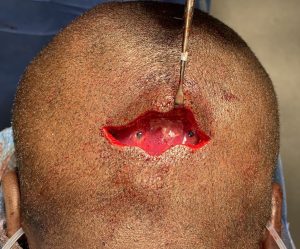

Dr. Barry Eppley
World Renowned Plastic Surgeon

